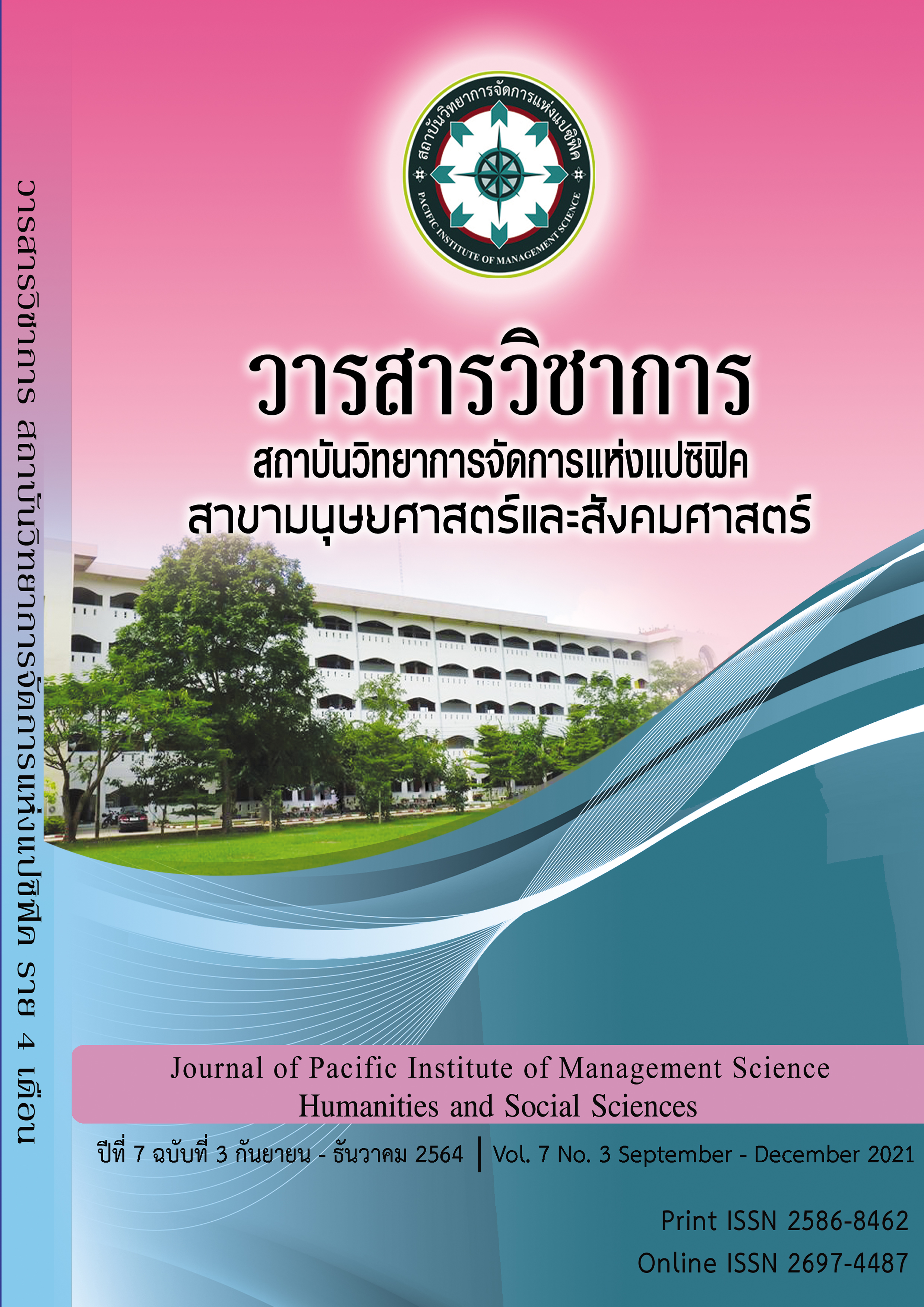The selection of conflict resolution methods of higher education institutions in Phayao Province
Keywords:
Conflict resolution, Higher education institutionAbstract
The purpose of this study were to study the selection of conflict resolution methods of higher education institutions in Phayao province and the comparison of the selectionmethods of resolve conflicts in higher education institutions in Phayao province with the variable of gender and experience in administration.Wherewith,the operation of institution administrators resolve conflicts in institution withfive conflict resolution strategies of Thomas – Kilmanconflict model including avoiding, defeating, compromising, accommodating, and collaborating.Sample group consists of166 persons of personholding administrative duties of higher education institutions in PhayaoProvince.The questionnaire was used to collect statistical data as means, average and standard deviation.
The results were as follows:most administrators is female. Most of them have experience inadministrator position more than 10 years. The analysisof estimation in the selection of conflict resolution methods of higher education institutions in Phayao province as a wholefindings are administrators whoselectedthe conflict resolution methods as high level in compromising and collaborating strategy, means 4.11. The study on the comparison of the selection of conflict resolution methods of higher education institutions in Phayao province based on gender variables indicates that all administrators comprise of males and females used conflict resolution methods and has no different with the selected conflict resolution methods as the highest level in collaborating strategy. For comparison of administrator’s experience on the other hand, it found that there is no different in conflict resolution methods selection with administrators with 1-4 years and 5-10 years of experience and selected the conflict resolution methods as highest level in collaborating strategy. As for administrators who position more than ten years, selected the conflict resolution methods as highest level in compromising strategy is statistically different.
References
เขมมารี รักษ์ชูชีพ. (2553). ทฤษฎีองค์การ. กรุงเทพฯ, ทริปเปิ้ล กรุ๊ฟ
คณิต เรืองขจร (2557) การบริหารความขัดแย้งในองค์กรที่มีอิทธิพลต่อการปฏิบัติงานของบุคลากรคณะบริหารธุรกิจ มหาวิทยาลัยเทคโนโลยีราชมงคลธัญบุรี. บัณฑิตวิทยาลัย บริหารธุรกิจมหาบัณฑิต สาขาการจัดการทั่วไป. มหาวิทยาลัยบัณฑิตวิทยาลัยเทคโยโลยีราชมงคลธัญบุรี.
ชัยเสฎฐ์พรหมศรี.(2550).การจัดการความขัดแย้งในองค์กร.กรุงเทพฯ, เอกเปอร์เนท.
บงกช ยุวนะเตมีย์. (2538). วิธีแก้ปัญหาความขัดแย้งของผู้บริหารโรงเรียนมัธยมศึกษา สังกัดกรมสามัญศึกษา ในเขตการศึกษา 1 . มหาวิทยาลัยเกษตรศาสตร์, กรุงเทพฯ
พรพิพัฒน์ เพิ่มผล. (2557). การจัดการความขัดแย้งของบุคลากรมหาวิทยาลัยกรุงเทพธนบุรี. คณะศึกษาศาสตร์. มหาวิทยาลัยกรุงเทพธนบุรี. กรุงเทพฯ, มหาวิทยาลัย
วิเชียร วิทยอุดม. 2547. พฤติกรรมองคการ. กรุงเทพฯ : ธีระฟลม และไซเท็กซจํากัด.
อัญวีณ์ นทีพีรพันธุ์. (2559) การบริหารความขัดแย้งของผู้บริหารโรงเรียนเทศบาล สังกัดเทศบาลหาดใหญ่ จังหวัดสงขลา. บัณฑิตวิทยาลัย ศึกษาศาสตร์มหาบัณฑิต สาขาบริหารการศึกษา. มหาวิทยาลัยหาดใหญ่.
Henkin, Alan B. and others. (1999). “Conflict Management Strategies of Principals in Site Based Managed School. Journal Citation” ; Journal of Educational Administration.
(2)
Thomas, Kenneth W. and Ralph H. Kilmann. (1987). Thomas –Kilmann Conflict Mode Interest. New York : X/COM Incoporated,
Downloads
Published
Issue
Section
License
Copyright (c) 2022 Pacific Institute of Management Science

This work is licensed under a Creative Commons Attribution-NonCommercial-NoDerivatives 4.0 International License.
บทความที่ได้รับการตีพิมพ์เป็นลิขสิทธิ์ของ สถาบันวิทยาการจัดการแห่งแปซิฟิค
ข้อความที่ปรากฏในบทความแต่ละเรื่องในวารสารวิชาการเล่มนี้เป็นความคิดเห็นส่วนตัวของผู้เขียนแต่ละท่านไม่เกี่ยวข้องกับสถาบันวิทยาการจัดการแห่งแปซิฟิค และคณาจารย์ท่านอื่นๆในสถาบันฯ แต่อย่างใด ความรับผิดชอบองค์ประกอบทั้งหมดของบทความแต่ละเรื่องเป็นของผู้เขียนแต่ละท่าน หากมีความผิดพลาดใดๆ ผู้เขียนแต่ละท่านจะรับผิดชอบบทความของตนเองแต่ผู้เดียว







